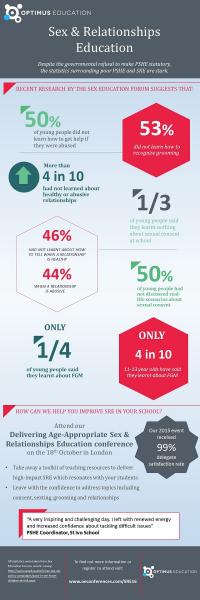How can schools prevent homophobic, biphobic and transgender bullying? We spoke to Gail McVicar, independent consultant, to find out more about what can be done in schools.

The statistics surrounding the experience of LGBT children and young people are extremely shocking. With teachers saying they lack the knowledge and skills to tackle HBT bullying effectively, more evidently needs to be done.

Some of the issues continue to be about the safety of students from verbal or physical abuse in addition to institutional ignorance of the issues. Young people continue to be harassed either through comments in person or on social media sites, which can affect their ability to perform academically.
If you have been on Facebook the night before school and someone has decided to start a discussion about “the gayest kid at your school that’s not out” and your name is at the top of the list, you may not want to be in class the next morning. Although this incident did not happen at school, it still impacts the student and the relationships within the school environment.
Without intending it, schools that refuse to acknowledge a trans* student’s chosen name and the pronoun they identify with is causing harm to the student.
I work with young people that have been told that they can be whatever they want outside of school, but within school they will only be referred to as their biological gender and the associated pronouns and will be expected to wear the uniform associated with that gender.
The discussions of where to get changed for P.E. and which toilets to use, compound the issue of the person feeling excluded, different and in their own words, “a freak”.
Schools need to work with transsexual students to make them feel as comfortable and accepted as possible during their transition. Forcing them to use a toilet or changing room that is not accepting of them, may open them up to increased risk of physical harm in an unsupervised area of the school or college.
Schools need to create a truly safe space for LGBTQ young people by incorporating a whole school approach in the ethos of equality.
The full range of sexual orientations (including pansexual and asexual) and gender identities need to be included in PSHE lessons.
Celebrating the diversity of identity and expression should be part of school events with a clear pathway for students to report HBT bullying, which includes a quick and responsive reaction, based on a comprehensive school policy.
Get educated! There are brilliant organisations and resource for schools and colleges to access to take a clear stand against HBT bullying. Here are a few options to get you started.
Take action! Ensure that your approach to bullying is more than just a policy on your website. The ethos of quality must be part of a whole school approach to the learning environment, which includes the classrooms, hallways and changing rooms.
Too often students report stories of teachers making comments that there is no need to discuss LGBTQ relationships as they are “too young to have those kind of relationships” or they will just stick to discussing “normal sex”. For many young people that identify as pansexual, asexual or agender, they have given up seeing school or college as a place to be understood, accepted or even acknowledged.
Non-bullying policies are a good start, but they must be inclusive and evidenced on a daily basis for students to feel safe. Encourage social justice! Starting a Gay-Straight Alliance (GSA) in your school. It doesn’t sound very inclusive by its title, but you can rename it or expand the definition for your learning environment.
A GSA is a student-run club in a school or college that brings together LGBTQ and straight students to support each other, provide a safe place to socialise, and create a platform to fight for racial, gender, LGBTQ, and economic justice. This group can help provide a supportive environment, increase awareness of bullying issues, and celebrate the diversity of gender expression and sexual orientation. To get started check out Gay-Straight Alliance Network (GSA Network).
Which strategies are most effective in combating bullying? This summary of recent findings will provide some inspiration for adopting successful whole-school approaches.